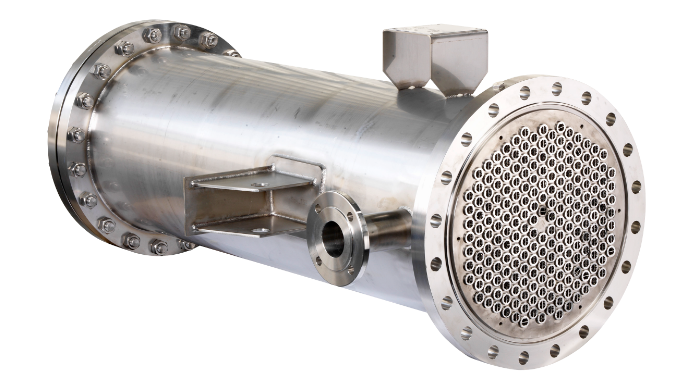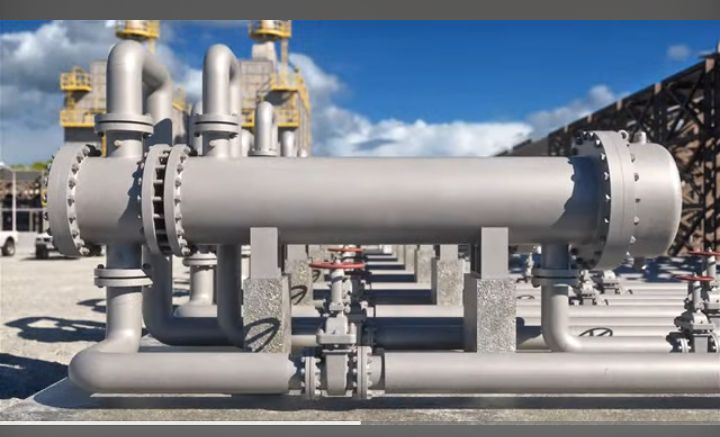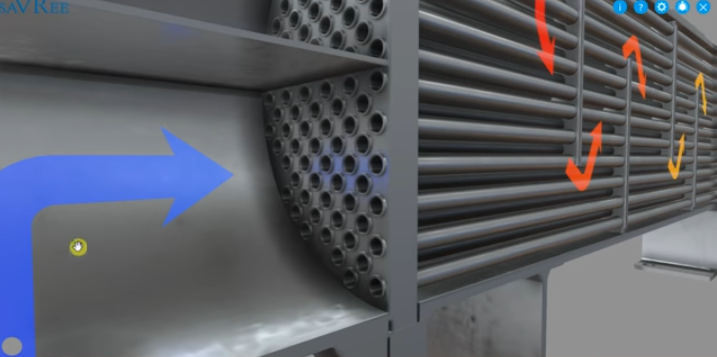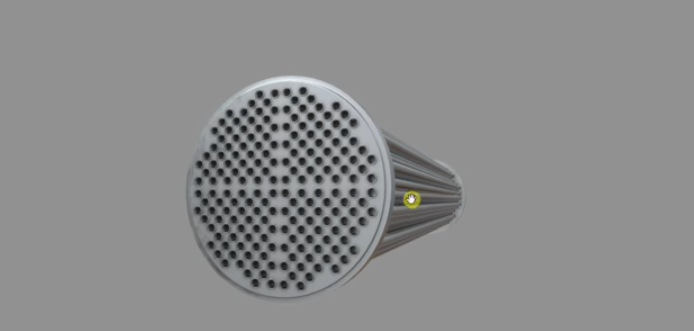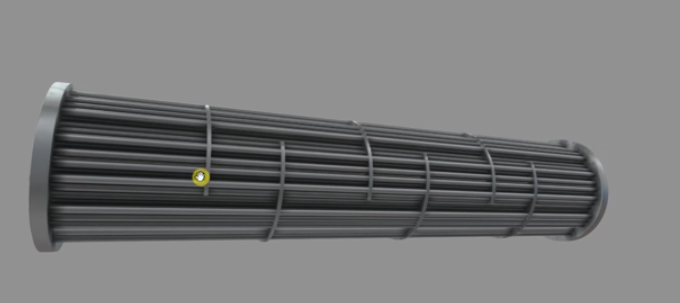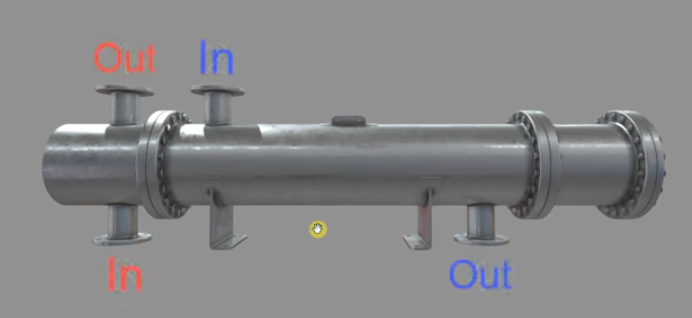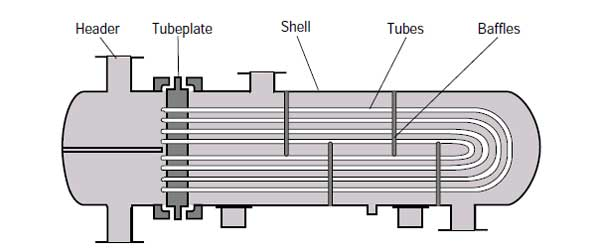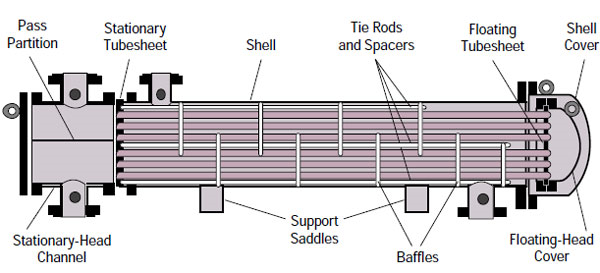Call Us 24/7
+971 55 817 1170Send Us Mail
sales@altabreed.comShell and Tube Heat Exchangers
x
ABOUT US
Progressively maintain extensive infomediaries via extensible nich. Capitalize on low hanging fruit. a ballpark value added is activity to beta test. Override the digital divide with additional click throughs from fruit.
LOCATIONS

New York Office
No products in the cart.

